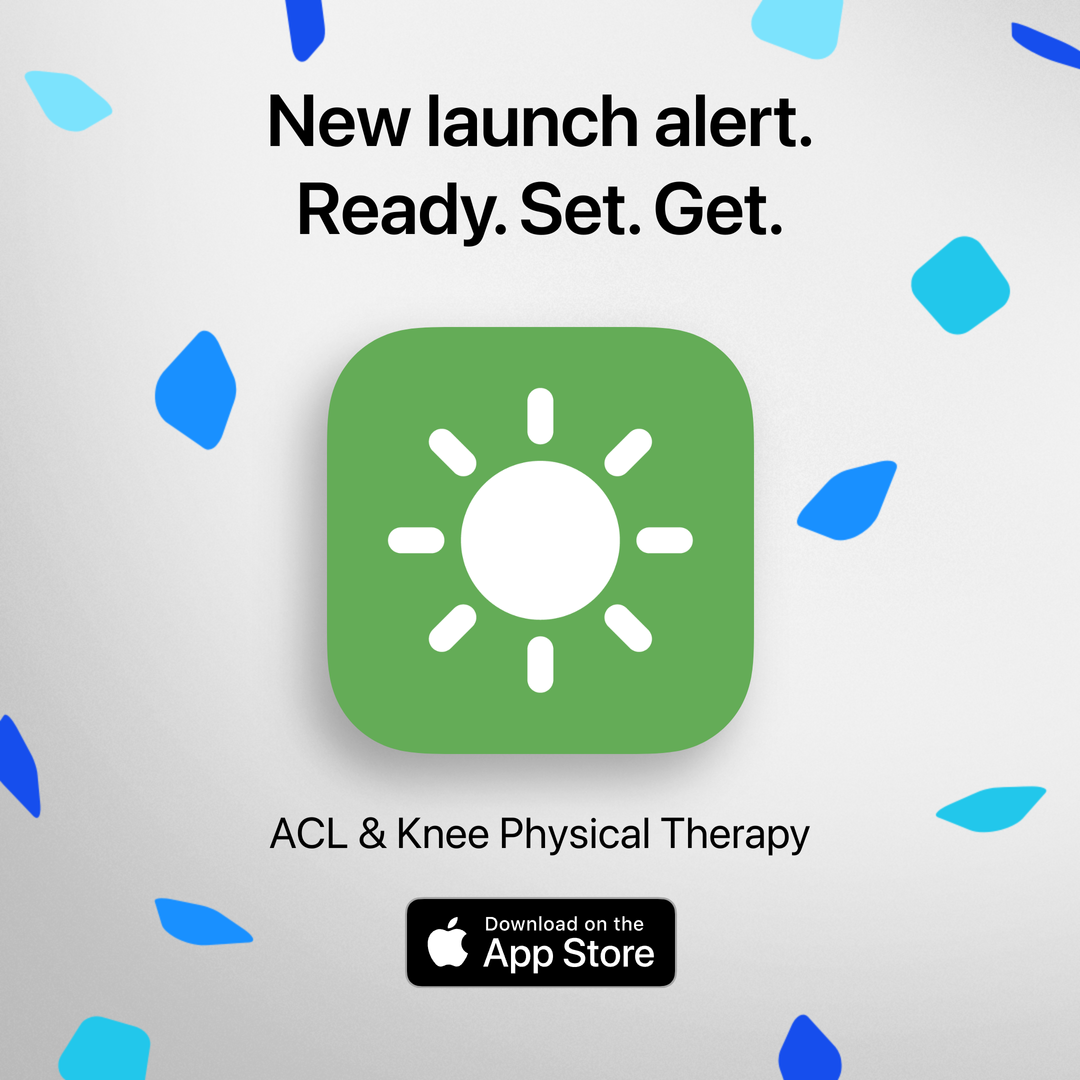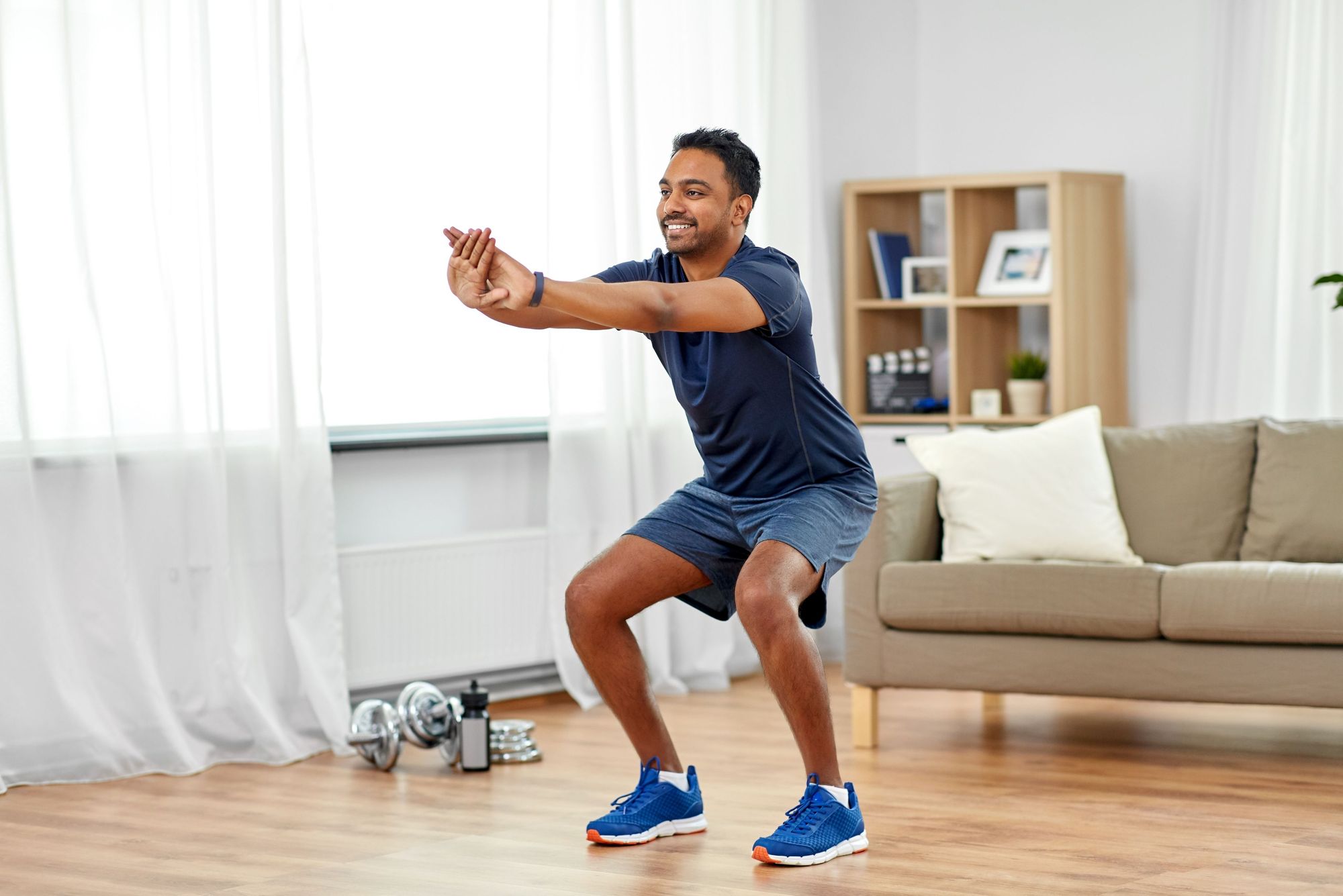Image by Syda Productions from Canva
If you do not know what jumper's knee is then read part 1 of this blog series here. Also if you would first like to learn about what the common treatment for jumper's knee is then read part 2 of this blog series here. The purpose of this post, jumper's knee part 3, is to teach you exercises to help address your jumper's knee. The video below shows you how you can use simple household items to complete your daily exericses to address jumper's knee. Watch the video to find out how to do these simple exercises and how often and how many to do every day. Please ensure that you speak to a healthcare provider about your knee prior to starting these or any other exercises for jumper's knee.
Before you know how to address jumper's knee you must first understand what it is and common treatments for jumper's knee. Refer back to part 1 and part 2 of this blog series to better understand jumper's knee.
Our physical therapy app, Curovate, provides knee and hip strengthening through physical therapy exercses. Download Curovate from one of the links below. Curovate provides daily video guided exercises, exercise progress tracking, in-app chat with a physical therapist and educational blogs and webinars.
If you have already been diagnosed with jumper's knee and you would like personalized guidance check out our Virtual Physical Therapy page to book your 1-on-1 video session with a physical therapist.










